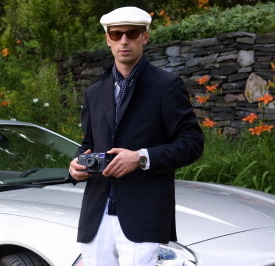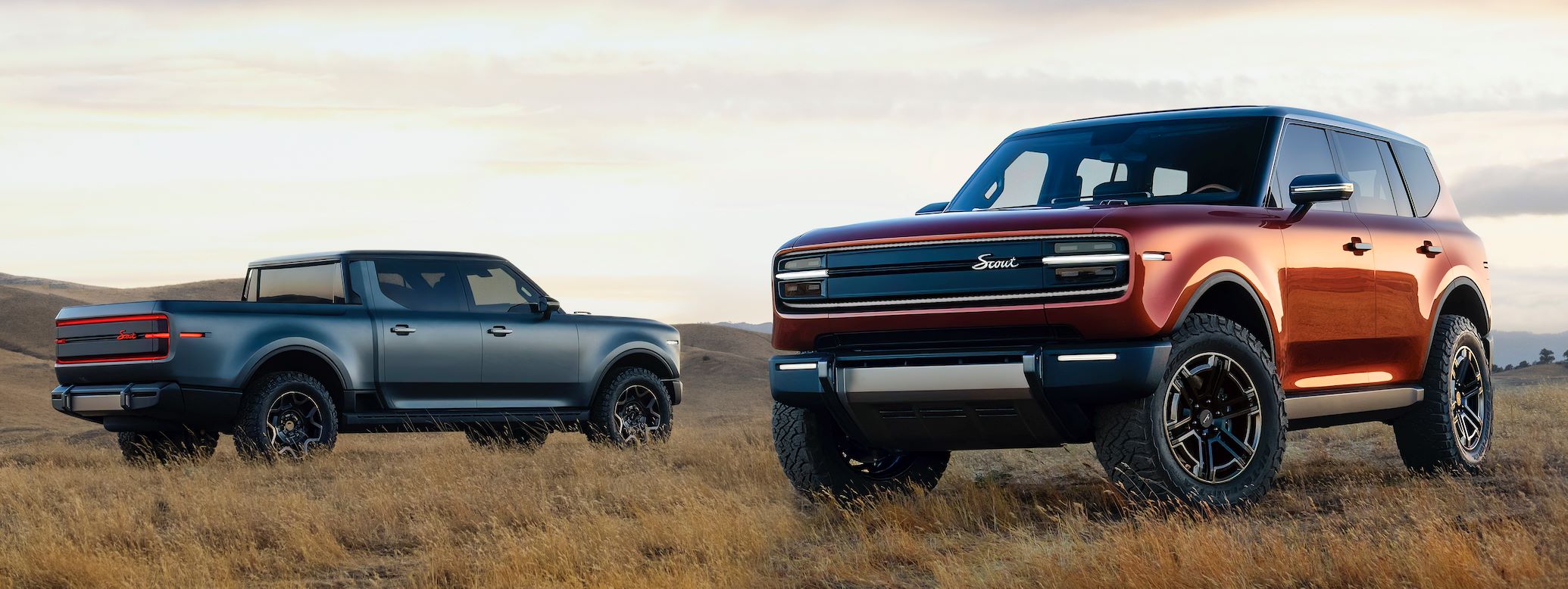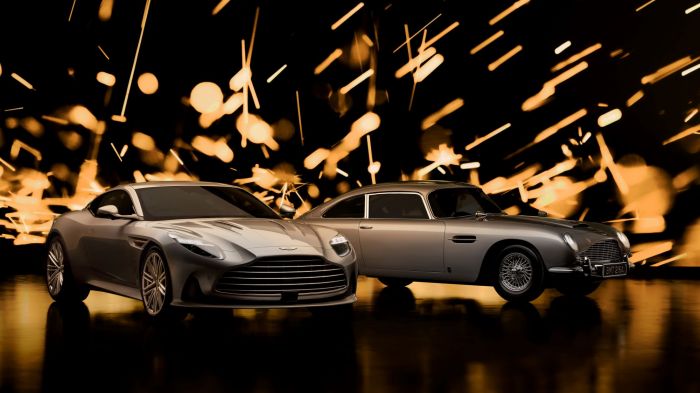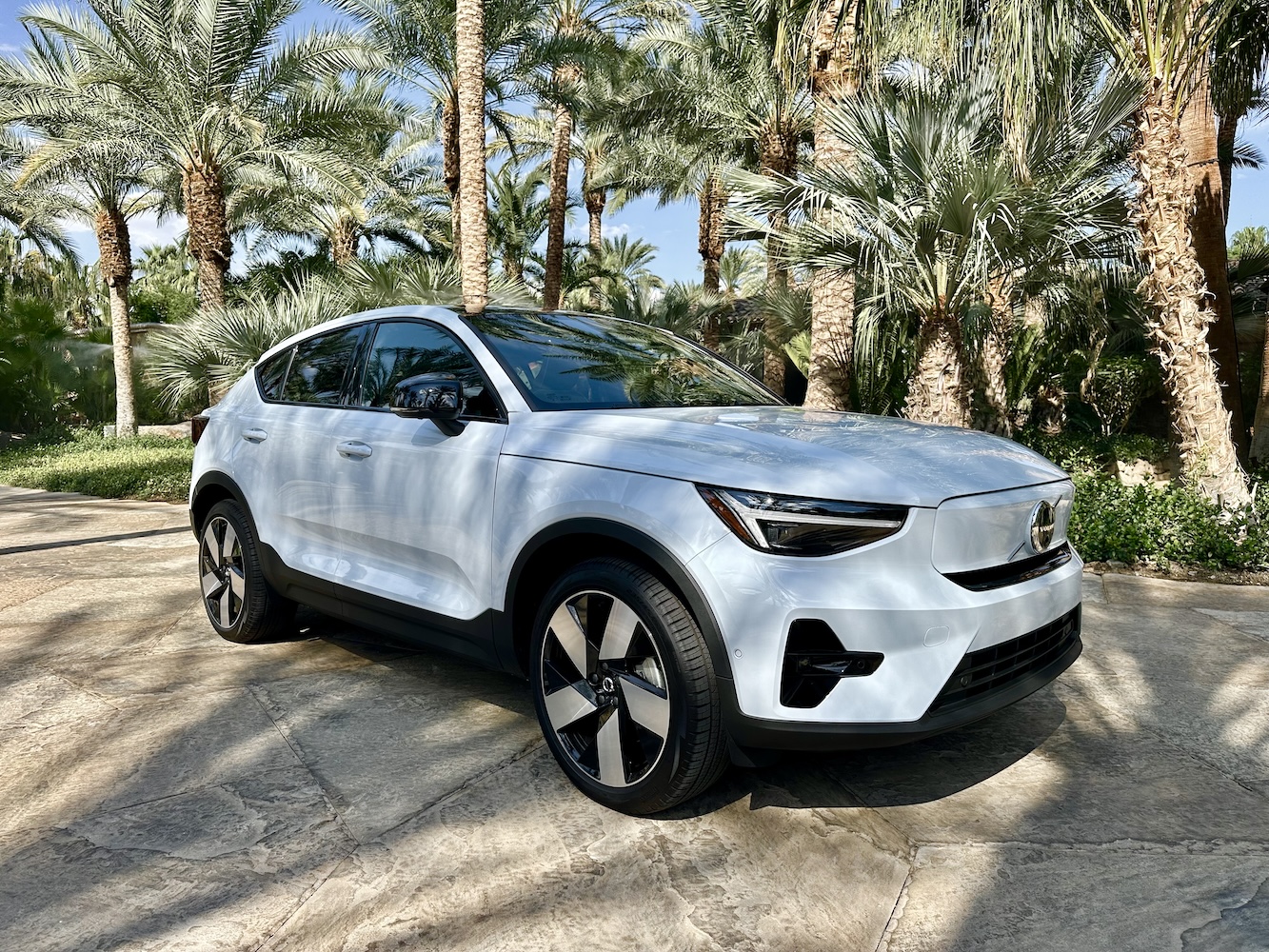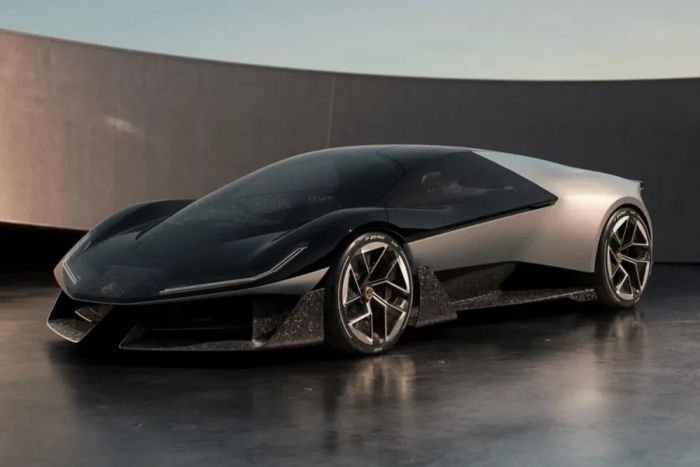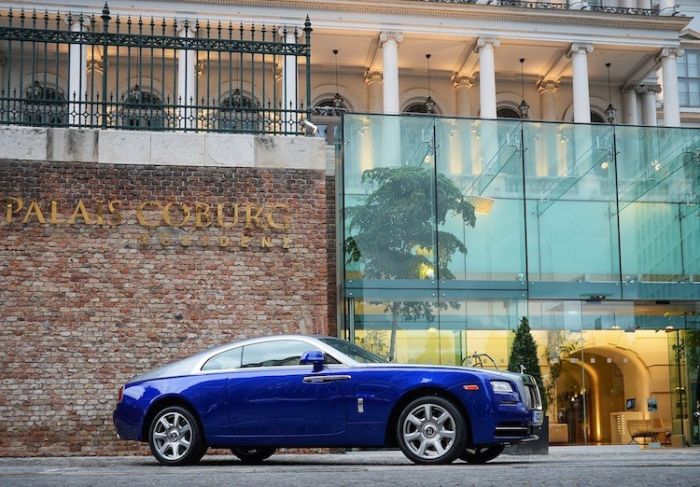
2014 will be a banner year in at least one respect — it marks the 110th anniversary of the partnership formed by a certain mechanical engineer and an aristocratic car enthusiast in Manchester, England. When Henry Royce and the Honourable Charles Stewart Rolls first joined forces they no doubt knew they were destined for greatness, though even they can hardly have imagined their impact on history.
The brand new Rolls-Royce Wraith embodies 110 years of luxury, speed and passion, emobdying the essence of the legendary partnership. The duo’s first car, the Rolls-Royce 10 hp, sold for 365 pounds sterling. They built 16 of them. If you had one, now it would be worth its weight in something far more precious than gold. Over the past century the now legendary Rolls-Royce marque has gone through several incarnations; once threatened with irrelevance, it is now thriving under the aegis of BMW AG.
Misguided grumbling about foreign ownership aside, the German manufacturer's independence and commitment to its own impressive motoring heritage make it the perfect custodian of the illustrious double-barreled name. Since the launch of the Phantom in 2003 they have been very carefully restoring its glory, building exquisite motorcars entirely by hand in Goodwood, a locale synonymous with British racing history.

Having re-established the Rolls-Royce moniker as the pre-eminent super luxury marque — the one you buy when you no longer have to aspire but are able to actually afford the very best — BMW is now setting about re-invigorating the brand as well. Due in part to their sheer size, Rolls had come to be seen as something of an older person's car, one that you are more likely to be driven in than to actually drive yourself. A badge of wealth but not necessarily of taste.
This would have upset Charles Stewart Rolls, who took great pleasure in driving his stylish creations very fast indeed and was by no means a limousine lounger. The Spirit of Ecstasy is after all no shrinking violet. What kind of a car would the dashing Mr. Rolls build today? Something immensely powerful and extremely beautiful, a car to set hearts fluttering and pulses racing, yet entirely befitting the son of one of Britain’s most illustrious families — a family whose motto happened to be Celerias et Veritas: Speed and Truth.
In short, he would have built the Wraith. Giles Taylor, Rolls-Royce’s extremely elegant Design Director, set out to create the kind of car that the Honourable Charles would have coveted and been proud to put his name on. A fastback coupe was the most compelling concept. And of course it would have to be the most powerful Rolls the world has ever seen. Rolls’ esteemed engineers determined that it would be fitted with a V12 624 hp engine capable of 0 to 60 mph in only 4.4 seconds, but it would have to be every inch a Rolls, not just a Ferrari in a Savile Row suit.

The ultimate gentleman’s grand tourer and true to the Rolls ethos that a gentleman must be able to drive it without putting a hair out of place or exerting any undue effort. Able to razor its way through any landscape with aristocratic ease and arrive at the black tie gala in perfect form — calm, cool, and collected, with the beautiful woman at your side as comfortable as if she’d been reclining in her own drawing room even at 150 mph. It sounds improbable, and indeed the Wraith has to be seen to be believed.
And of course its debut required an appropriate setting, with intrigue, prestige and pulchritude in equal measure. Venice would be ideal — if it were a boat. Vienna was a brilliant choice; a city known as much for its art culture as it is for espionage, a place whose picture perfect facades conceal more than a little noir-ish glamour. And best of all, easy access to some stupendous scenery and stunning Alpine passes on which to experience all that the Wraith has to offer.
Our base camp for the Wraith drive was the famed Palais Coburg — literally a palace, once the home of the royal House of Saxe-Coburg and Gotha, now transformed into one of the world’s finest luxury hotels. And it’s worth noting that while said House is a German dynasty, it happens to also be that of England’s Royal Family. It was King George V who changed the name of his branch of it from Saxe-Coburg and Gotha to the more British sounding Windsor in 1917.

A subtle reminder perhaps that both the Windsors and Rolls-Royce share German parentage? Such speculation was easily forgotten in the neoclassical glories of the Palais, and especially its wunderkind chef Silvio Nickol, who at age 38 has already been honored as Austria’s best with two Michelin stars to his name. In an historic brick vault underneath the palace’s staterooms we were given a presentation on the Wraith by Taylor and his colleagues to the accompaniment of several inventive courses from Nickol’s kitchen with delectable Austrian wines en suite.
The dramatic drive route the next day took us out of the city and up through the Styrian Alps to perhaps the only other restaurant that can hold a candle to Nickol and company, a country inn called Steirereck am Pogusch. This is the Rolls-Royce lifestyle apparently; spirited drives from one ultra-luxurious retreat to another with world class scenery in between. In any other vehicle it would have been merely marvelous; in the Wraith it was utterly epic.
We spent time both behind the wheel and in the passenger’s seat, which allowed us to revel in the Wraith’s palatial appointments. The Saxe-Coburg clan would feel right at home. Masses of wood paneling unique to the Wraith are called Canadel, named after the picturesque cove in the South of France where Sir Henry Royce and his design and engineering teams spent their winters dreaming up new machines.

Though both the route and the terrain were unfamiliar, the Wraith’s progress was unerring. It’s new Satellite Aided Transmission system, yet another perk of BMW parentage, uses GPS mapping data to ensure the correct gear is always preselected for the road ahead. That means no anxious braking or white-knuckle steering; you can trust to the Wraith to deliver what Rolls likes to call the “magic carpet ride.” And the on-board voice command valet system saves you having to fiddle with little knobs and dials to use the navigation, entertainment and information systems.
The Wraith cut through the mist with the grace and precision of a diamond-tipped blade. It took curves at speed with no complaint and no indication that anything was amiss. Its flowing lines sought a dramatic setting and the sky obliged. Wood, leather and steel sliced through earth, wind and water. When the time came to return to the Palace and we made our stately way down the tree lined boulevards, it required no re-adjustment to return to civilization, no special settings or machinations to re-enter the realm of foie gras and Dom Pérignon.
And yet you may still be wondering how even such a car as this can be worth upwards of 300k. Remove yourself from the mentality of the modern automobile market for a moment. A Rolls-Royce is not something you trade in every three years. Buying one is an investment in the pinnacle of performance, luxury and style. It is truly built to last a lifetime and there are enough bespoke options to ensure that no two are exactly alike. The iconic two-tone Rolls paint scheme which offers the most dramatic means of personalization lends itself perfectly to the Wraith’s sinful styling.

Automotive technology may improve, or at least get more complicated, but there is no improving upon the way the Wraith and its kin are so meticulously made by hand. You can feel this the moment you enter the cabin, the sense of craftsmanship and the connection with the actual people who put it together, stitch-by-stitch and piece-by-piece. Quite simply, a Rolls has soul.
Our time with the Wraith passed — you guessed it — far too quickly. A car that both embodies and enlivens 110 years of motoring history and evokes the spirit of a man like Charles Stewart Rolls is meant for a lifetime's pleasure. If the object of the excursion was to leave us wanting more, then the goal was accomplished all too well...














